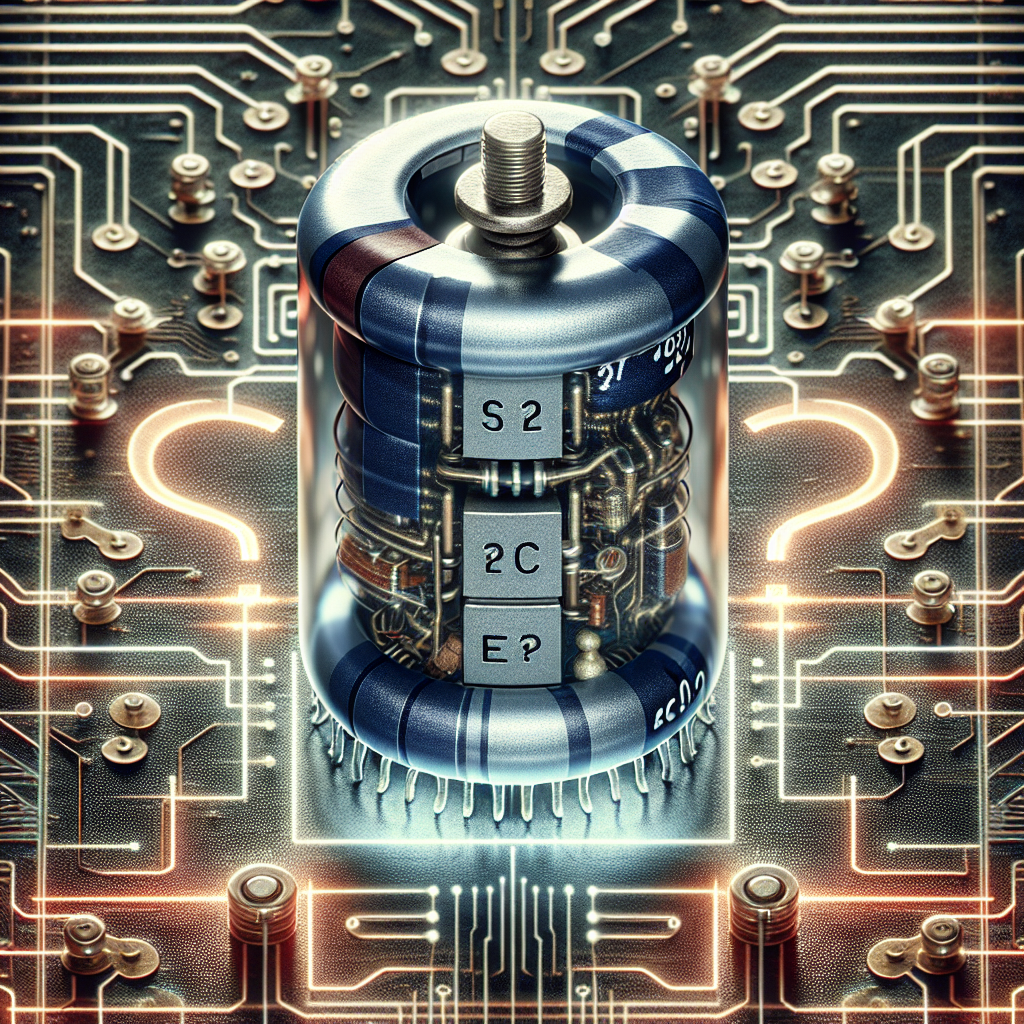Understanding AC Capacitors: Do They Really Have Polarity?
When delving into the realm of electrical components, one might encounter various terms and concepts that can be a bit confusing. Among these, Understanding AC Capacitors: Do They Really Have Polarity? is a topic that often raises questions. In this article, we’ll explore the function of AC capacitors, clarify the concept of polarity, and provide insights for anyone looking to deepen their understanding of these essential components.
What are AC Capacitors?
AC capacitors, or alternating current capacitors, are electrical components used to store energy in an electric field. They are widely used in various applications including power factor correction, motor start-up, and signal processing. Unlike their DC counterparts, AC capacitors are designed to operate with alternating current and can handle voltage oscillations.
The Function of AC Capacitors
Understanding AC capacitors involves knowing how they work. They store electrical energy and release it when needed, which can smooth out fluctuations in power supply and improve the efficiency of electrical systems. The capacity of a capacitor is measured in Farads, and it’s essential to select the right capacitor for your specific application to ensure optimal performance.
Understanding AC Capacitors: Do They Really Have Polarity?
One of the most common questions regarding AC capacitors is whether they have polarity. In the world of capacitors, polarity refers to the positive and negative terminals that can affect how a capacitor operates.
Types of Capacitors: Polar vs. Non-Polar
To grasp Understanding AC Capacitors: Do They Really Have Polarity?, it is crucial to differentiate between types of capacitors:
-
Electrolytic Capacitors: These are polar capacitors, which means they have distinct positive (+) and negative (-) terminals. They must be connected in the correct direction in a circuit; otherwise, they can fail and potentially cause damage.
- Film Capacitors and Ceramic Capacitors: These are non-polar capacitors, meaning they do not have a designated positive or negative side. They can be connected in either direction within a circuit, making them versatile for AC applications.
Do AC Capacitors Have Polarity?
So, do AC capacitors have polarity? The answer depends on the specific type of capacitor being discussed. As mentioned, electrolytic capacitors are indeed polar, while many other types used in AC applications are non-polar. Therefore, when working with AC capacitors, it’s vital to identify their type before installation.
How to Identify the Polarity of AC Capacitors
Identifying polarity in AC capacitors can be straightforward if you know what to look for. Most capacitors will have markings to indicate polarity:
- Electrolytic Capacitors: Look for a stripe or minus sign that indicates the negative terminal.
- Non-Polar Capacitors: These typically have no markings and can be connected either way.
Importance of Understanding AC Capacitors: Do They Really Have Polarity?
Understanding the polarity of AC capacitors is essential for anyone involved in electrical maintenance or design. Incorrectly wiring a polar capacitor can lead to circuit failure, overheating, or even exploded components. By grasping the nuances of Understanding AC Capacitors: Do They Really Have Polarity?, you can ensure safe and effective use of these crucial components in various applications.
Conclusion
In conclusion, Understanding AC Capacitors: Do They Really Have Polarity? comes down to recognizing the differences between types of capacitors. While electrolytic capacitors have polarity, many other capacitors used in AC circuits do not. Being aware of these details can help you choose the right capacitor for your project and avoid potential pitfalls.
Whether you’re an electrician, a hobbyist, or just someone curious about electronics, mastering the knowledge of capacitors, their polarity, and their usage is invaluable in the world of electrical engineering. Understanding these concepts can lead to better performance, safety, and efficiency in all electrical applications.

